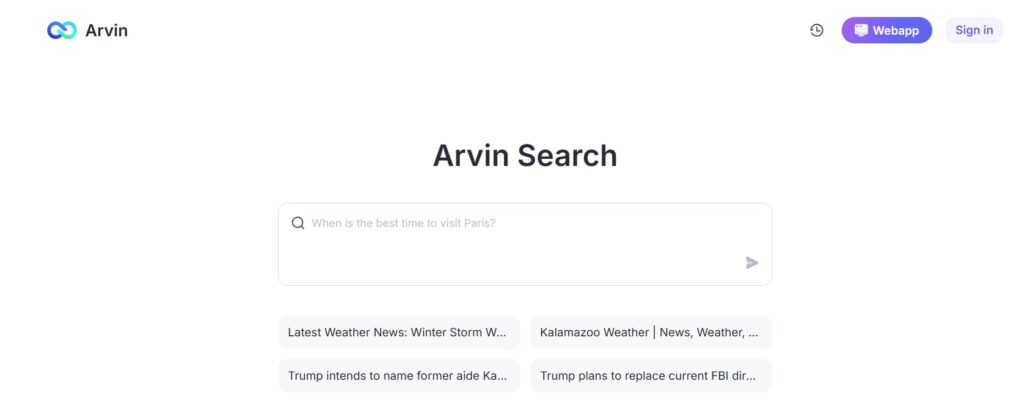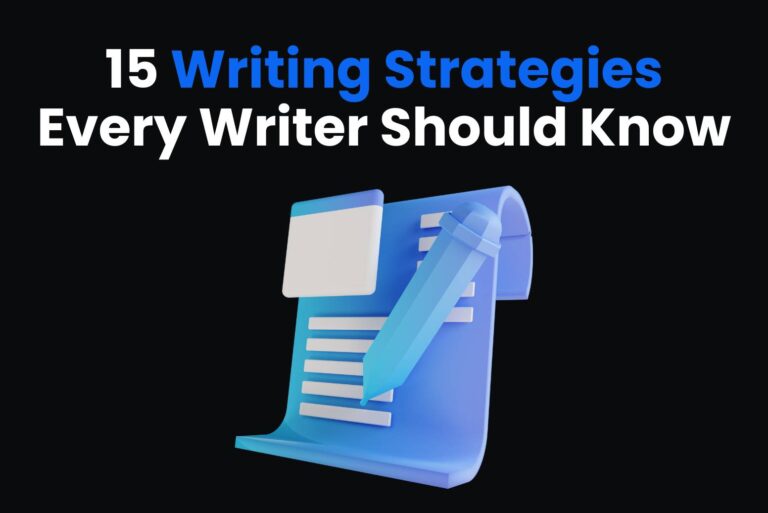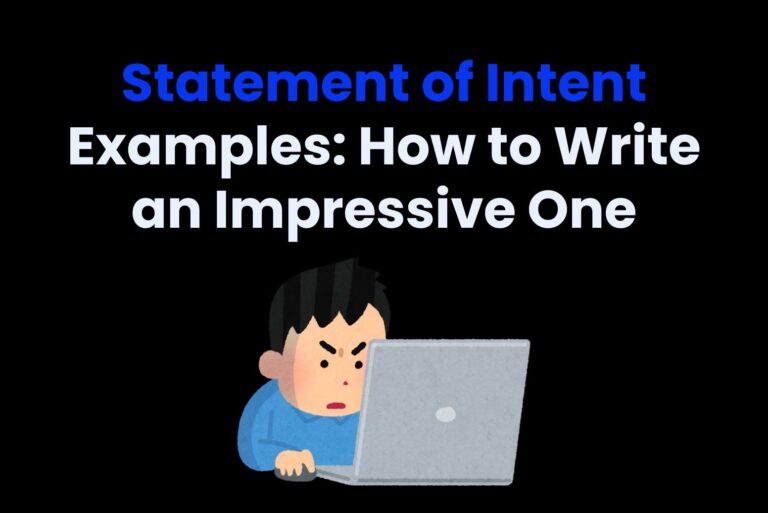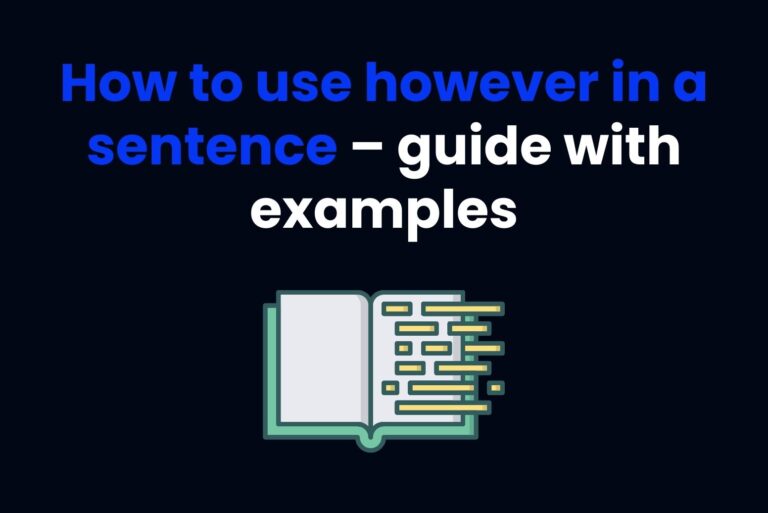How to Start Writing a Book with Confidence: 14 Useful Steps
“I could write a book about this!” is the phrase that comes to mind whenever you get a fantastic idea. Have you ever experienced this? Perhaps it’s a tale that has been brewing for a long time, or maybe it’s a concept that came to you today. The prospect of expanding that concept into a full-length novel is, in equal measure, thrilling and terrifying. Many of us hold the ambition of one day writing a book in our hearts, but how to start writing a book can be a haunting thought.
Here we will explore the artistic, emotional, and practical strategies of creating a book. What follows is advice on how to lay the groundwork, establish a regular writing habit, and persevere through setbacks. The following guidance will assist you in maintaining concentration, motivation, and progress toward your objective, regardless of the genre of your book: fiction, non-fiction, memoir, or self-help. Are you prepared to begin? Let’s take it slow and steady as we build our path to authorship!

Step-by-step guide to start writing a book
Step 1: Breaking Down the Process
When it comes to writing a book, first and foremost, you need to break down the process. Breakdown your process into the 3 key stages:
- Prewriting Phase
- Writing Phase — The Messier One
- After Writing / Publishing Phase
Remember, it’s just the beginning and these steps will help you to compose yourself and improve your concentration.
Step 2: Why Write A Book?
Why do you wanna write this book in the first place? Trust me, understanding your why can be a game-changer when the writing gets tough (because, spoiler alert, it will!). We call this the foundation! Clarity about what motivates you and its thorough understanding almost does all the basic job. To crush this part like a pro, just ask yourself a few simple questions:
- Do you want to share a personal story, an important message, or highlight an issue?
- What is the purpose of your writing? Is it sharing something, becoming an author, or seeking a writing career?
- Is writing this book a personal goal, a creative outlet, or a part of a larger plan?
Once you’ve come to peace with these questions, the answers will help you maintain your focus and remind you why you started this venture every time you feel distracted, afterward.
Step 3: Before writing: Test Your Writing Commitment
There’s a famous quote by Abraham Lincoln:
“Give me six hours to chop down a tree, and I’ll spend four hours sharpening my axe.”
This is a mindblowing approach that highlights the importance of PREP before you start writing a book. Assess yourself, ask yourself these questions to weigh your determination. Book writing, after all, is a grand process, impossible to complete if not done with the right approach and sentiment. Ask yourself the following key question before looking for the answer to how to start writing a book:
- Can you dedicate yourself to a daily writing schedule?
- Are you willing to let go of other activities and stay consistent with your writing goals?
- Are you ready to learn and refine essential skills, such as self-editing and rewriting to improve your work?
- Do you have a basic knowledge of the subject matter?
Note: The first three questions are totally personal, the last, however, decides whether you need to take a turn towards learning the basics or proceed further.
Step 4: Pinpoint Your Book’s Core Idea Before Start Writing
Now comes the idea part – how to improve your wirting ability. Don’t forget that the foundation of every bestseller is a great idea, something that ignites passion and resonates with readers.
- Fiction? Think about the world you want to create. Is it a fantasy world full of dragons? A romance that makes hearts skip a beat? Or maybe a murder mystery that’ll keep readers up all night? Dream big!
- Nonfiction? Maybe it’s a self-help book, a memoir, or a how-to guide. Whatever it is, make sure it’s something that not only interests you but also has a place in the world. Do some research if you need to – find out what people are interested in, and get that creative brain of yours buzzing.
Deciding on your book’s core idea is like choosing the foundation of a house—it’s gotta be solid, strong, and something you can build on.
But here’s the thing: don’t just go with the first idea that pops into your head. Take your time to explore different angles, brainstorm, and see what makes you tick. You need an idea that feels like your idea, something you’re willing to spend months, maybe even years, bringing to life.
So, take time to explore different angles, play around with a few concepts, and make sure you’re all in before you hit the ground running. To choose the right idea and topic, take a moment to explore your perspective with these questions.
- What am I knowledgeable about?
- What story do I want to tell?
- Who would love to read my book?
Need more help in refining your writing? Some powerdul AI tools can lend a hand. Incorporating AI into your writing routine can be a total game-changer. It can help you generate new ideas, suggest alternative phrases, and even organize your thoughts. With AI, you can save time, reduce stress, and produce top-notch content. Give it a try and see how it can bring ease when you start writing a new book !
Step 5: An Excellent Outline Help You Start Writing a Book With Confidence
This step can feel like a major roadblock for some people, but trust me, an outline is your best friend. A solid outline provides a framework and allows you to bring life to it rather than being stuck and clueless about what’s next. Outlining helps you gain clarity on your purpose, key elements, and story. It makes writing a more enjoyable and productive experience.
Just sketch out the broad strokes:
Chapter One: Introduce the main character (or topic, if you’re going nonfiction).
Chapter Two: Plot twist! Or, you know, a major turning point.
Chapter Three: Build to the big finale.
You don’t need to have it all figured out right now. The outline will evolve as you write. Think of it as a GPS – it’ll help you get from point A to point B, but sometimes, you have to take a few detours along the way.
Pro Tip: Use Arvin
Time management is the key! If you don’t have enough dedicated time for these manual jobs, turn to Arvin AI. It’s an excellent chatbot that’ll help you with a structured outline, clearly described, making the whole process a whirlwind for you.

Step 6: Let the First Draft Flow
Now starts the real exercise. First-draft writing is all about turning your ideas into a tangible script.
● Just Start Writing
The fear of getting it perfect might hold you back. Don’t forget, that perfection at this stage is unreal!
There’s nothing like a perfect script in the first draft phase, just keep writing and let your creative juices flow. Your goal here must be jotting down everything on paper or document that hits your mind.
● Keep the Writing Momentum Maintained
Don’t skip writing! Do it every day even if these are a few lines. And believe us, it’s a great practice that’ll keep you disciplined and you’ll get better with every other day.
● Don’t Rush to Edit
This is a red flag. An attempt to edit during early writing can instantly interrupt your creativity and flow. Don’t do that.
The refining is yet to be done, so better save it for the end. Meanwhile, make sure your writing medium is user-friendly. Go for Google Docs; it’s flexible and can work on any device, anywhere, with just an internet connection.
Step 7: Stick To Your Writing Routine
We all know that inspiration doesn’t come when you need it most. So, here’s the secret: create a writing routine that works for YOU. Set aside a little time each day (or week) to write. Whether it’s first thing in the morning or late at night when the world is quiet, find your groove and stick to it.
Consistency is key, fam. Even if it’s only 20 minutes a day, you’ll make progress. Trust me – when you look back after a few months, you’ll be shocked at how far you’ve come.
Step 8: Breaking Through Writer’s Block
Writer’s block is inevitable, but here are some effective strategies to overcome it:
- Take short breaks
- Change your location
- Experiment with timings — write in different hours
- Use a writing prompt for inspiration. Ask AI to help you out. Using AI is an amazing way that shatters writer’s block in minutes.
- Last and the most important one! Be kind to yourself — Relax.
Step 9: Don’t Stress About the Length When You Just Start Writing
A lot of first-time writers get freaked out about the length of their book. “Oh my gosh, 80,000 words?! What am I even writing about?!” Well, here’s the thing – books come in shapes and sizes. Yours doesn’t need to be a 700-page epic. If your story (or message) can be told in 50,000 words, then go for it. No need to stretch things out just because you think it should be longer.
Focus on telling the best story you can – quality over quantity, my friend!
Step 10: End Your First Draft
You’re almost closer to achieving a milestone. Prioritize competing your first draft over perfection without fearing its imperfection. Refine it further with the following strategies:
1. Take Beta Readers Onboard
Once you’re done with your first draft, bringing in beta readers before editing proves to be an invaluable step in refining your manuscript. They offer fresh perspectives and can identify issues with story structure, pacing, and insights.
Choose a mix of trusted friends, writing group members, or readers and ask them for honest and constructive feedback.
2. Improve, Improve, Improve: Edit Your Book
Here’s the part where real magic happens. Editing turns a rough draft into a polished manuscript. We suggest self-editing at first.
● Self-Editing
Look at the overall story or argument. Check off the following:
- If it flows logically.
- Are the major beats or points well-paced?
- Eliminate unnecessary or redundant sections.
- Enhance transition and clarity between sections.
- Polish your dialogues by ensuring every character sounds distinct and authentic.
- Professional Editing
Hire a professional editor to get the benefit of his expertise. An ace editor tries the following techniques to refine your draft.
● Developmental Editing
It focuses on big-picture elements such as plot, pacing, character arcs, and thematic depth.
● Line Editing
It enhances the flow of language, ensuring it’s clear, engaging, and has no awkward phrasing.
● Copyediting
Addresses grammar, spelling, and punctuation errors.
● Proofreading
A final review to catch any missed mistakes.
3. Revise and Edit
Editing is never a one-and-done process. Expect to go through multiple drafts to refine your work.
a. Identify Issues
- Address cliches
- Resolve potholes, inconsistencies, and characters that don’t align.
- Trim or expand sections where the pacing seems off — Slow where it rushes and tighten where it drags.
b. Read Aloud
This technique highlights awkward phrasing, unnatural dialogues, and pacing issues. And don’t forget to take breaks — it’s a great refreshment.
Step 11: Write Your 2nd Draft
You’re almost there now. Rewrite your second draft. Once again, check it for:
- Coherence
- Flow
- Consistency
- Tone
- Weak sections
- Errors
- A compelling opening and a sensible ending.
Step 12: Al Could Help You Start Writing a Book with Less Pressure
Okay, let’s talk about the secret weapon that can help when you’re figuring out how to start writing a book: AI. Yup, I’m talking about using tools like me! AI can be your best friend for brainstorming ideas, overcoming writer’s block, or even refining your sentences.
Here’s how you can make the most of AI:
- Idea Generation: Stuck on how to start a chapter or struggling with what happens next in your plot? AI can help generate prompts or suggest new directions to take your story. Sometimes, all you need is a nudge in the right direction.
- Brainstorming: Need names for characters, places, or chapters? AI search tools can help gather all the information you need and lay the ground for you to start writing a book. You can even ask it for help creating unique world-building details if you’re working on fantasy or sci-fi.
- Writing Assistance: Got a paragraph that’s just not clicking? Let AI suggest ways to rephrase or tighten up your writing. Whether it’s improving dialogue, smoothing out transitions, or fixing awkward phrasing, it’s like having a second pair of eyes without leaving your desk.
- Editing Help: Once you’ve written your draft, AI can help with grammar, punctuation, and even stylistic issues. It’s like having a super-powered spellchecker that goes beyond the basics, helping you polish up your manuscript.
While AI can’t replace your creativity and unique voice, it’s a seriously helpful tool to speed up the process and eliminate stress. Think of it as your trusty sidekick, making sure you’re always on track and giving you that extra boost when you need it most.

Step 13: Bring Your Dream Book To It’s End
I know, I know. You’ve heard this a million times, but finishing your book is a huge deal. So many people start writing a book, but only a small fraction finish it. Don’t be one of those people who abandon their dreams halfway through. Keep your eye on the prize, and get that book done!
And once it’s done? Celebrate! You just created something amazing.
Step 14: Finally! It’s time to Publish
Finally, it’s time for the world to know the masterpiece you’ve created. Publishing button on! It can be done in two ways:
1. Traditional Publishing
- Create a compelling book proposal and research literary agents who represent your genre. Submit your manuscript following their guidelines, and be prepared for potential rejections.
- The process can take time, so patience is key.
2. Self-Publishing:
- Publish independently using platforms like Amazon Kindle.
- Invest in a professional cover design to attract readers and learn basic marketing strategies to promote your book effectively.
- Self-publishing offers creative control but requires effort in both production and promotion to ensure success.
FAQs
1. How do I find my unique writing voice?
Finding your unique writing voice is all about embracing your natural tone, perspective, and style. Start by experimenting with different genres and writing exercises—try everything from poetry to essays, and see what feels the most for you. Reading a lot helps too; it’s like gathering pieces of inspiration that speak to you. Pay attention to what resonates and why. Also, think about your own experiences—those little moments and personal stories that will add originality to your writing. Over time, as you keep writing and reflecting, you’ll develop a voice that’s truly yours
2. How can Arvin help me in my book-writing journey?
Arvin is like your personal AI assistant that makes writing a book so much easier. It helps you brainstorm creative ideas, create an outline for your story, find research, and even edit and proofread your manuscript. With Arvin by your side, you’ll save time, beat writer’s block, and make sure your content is polished and ready to publish.
3. What’s the difference between traditional publishing and self-publishing?
Traditional publishing involves submitting your manuscript to literary agents or publishers and waiting for approval, which can take time but offers professional support. Self-publishing, on the other hand, allows you to independently publish through platforms like Amazon Kindle. It offers you creative control but requires personal effort in design and marketing.





